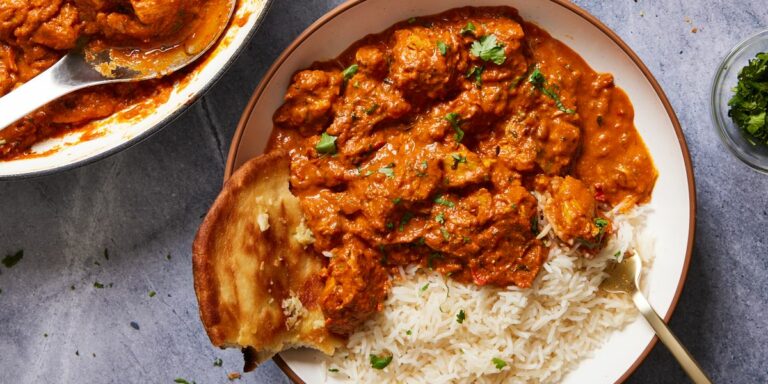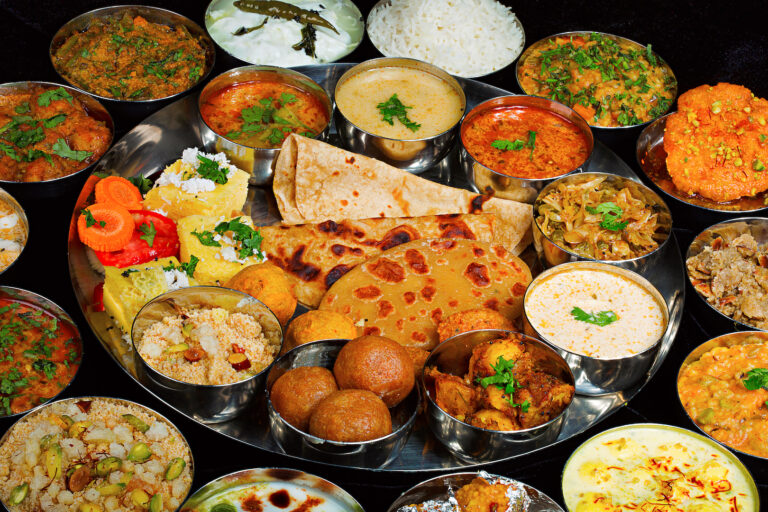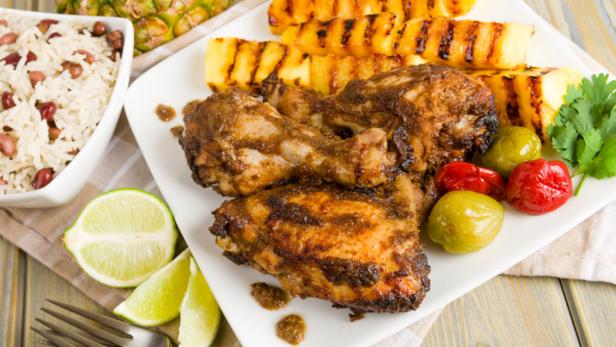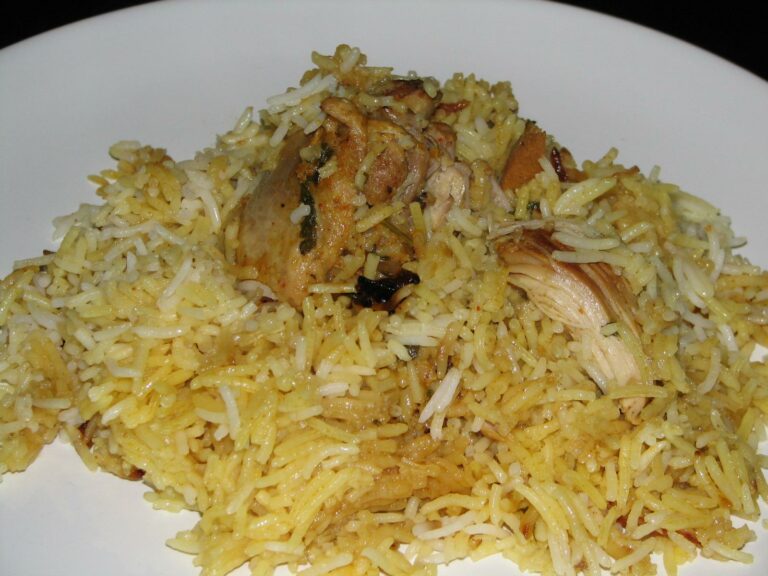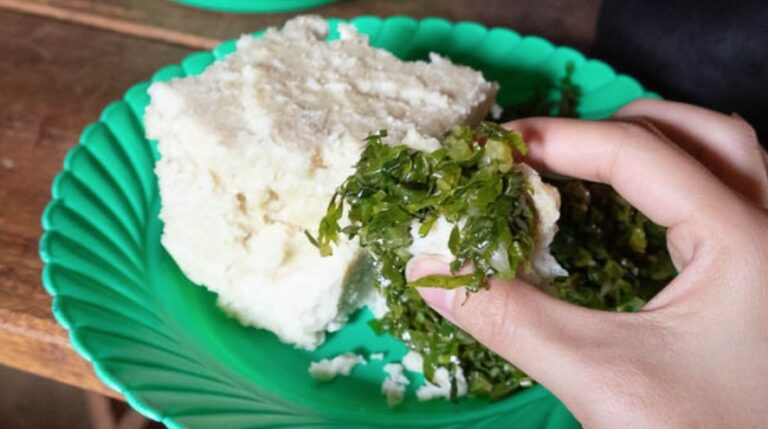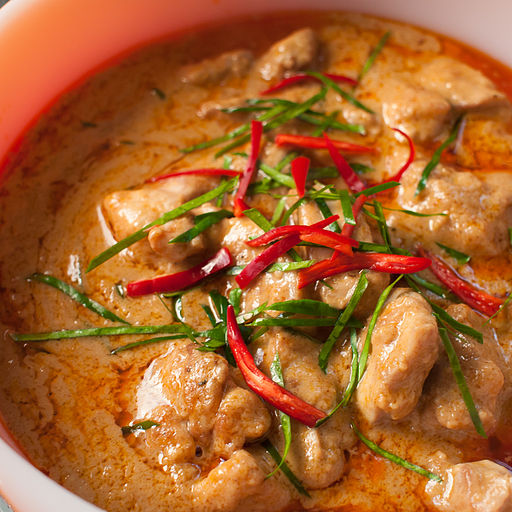Introduction: Spices in Indian cuisine
Indian cuisine is famous for its bold and intense flavors, which are achieved through the use of a wide variety of spices and herbs. Spices play an essential role in Indian cooking, as they not only add flavor but also have medicinal properties. Indian spices are known for their pungency, aroma, and ability to add warmth to any dish. The extensive use of spices in Indian cuisine has made people believe that Indian dishes are generally spicy, but that is not always the case.
Factors influencing spiciness
Several factors influence the level of spiciness in Indian dishes. The first and most obvious factor is the type and amount of spice used in the recipe. The second factor is the region where the dish originates from. The third factor is personal preference, as some people prefer their food to be spicier than others. The fourth factor is the purpose of the dish, as some dishes are meant to be spicy, while others are not.
Regional variations in spiciness
Indian cuisine is diverse, and the level of spiciness varies from region to region. In the north, particularly in Punjab, the dishes are generally milder compared to the southern regions, where the food is spicier. The coastal regions, such as Kerala and Goa, use a lot of coconut milk, which balances out the spiciness. In the east, particularly in West Bengal, the dishes are generally sweeter than spicy. These regional variations in spiciness make Indian cuisine exciting and diverse.
Most popular spicy Indian dishes
Indian cuisine offers a wide range of spicy dishes that are popular both in India and abroad. Some of the most popular spicy Indian dishes include chicken tikka masala, vindaloo, butter chicken, chana masala, and biryani. These dishes use a variety of spices such as cumin, coriander, turmeric, and chili powder, and are known for their bold flavors and spiciness.
Non-spicy Indian dishes
Contrary to popular belief, not all Indian dishes are spicy. Indian cuisine also offers several non-spicy dishes that are equally delicious. Some of the most popular non-spicy Indian dishes include butter naan, samosas, aloo gobi, palak paneer, and dal makhani. These dishes have a milder flavor profile and are perfect for those who do not prefer spicy food.
Conclusion: The diversity of Indian flavors
In conclusion, Indian cuisine is well-known for its bold and intense flavors, which are achieved through the use of a wide variety of spices and herbs. While Indian dishes are generally associated with spiciness, the level of spiciness varies from region to region and dish to dish. Indian cuisine offers a wide range of both spicy and non-spicy dishes, making it one of the most diverse cuisines in the world. Whether you prefer spicy or mild food, Indian cuisine has something for everyone.


